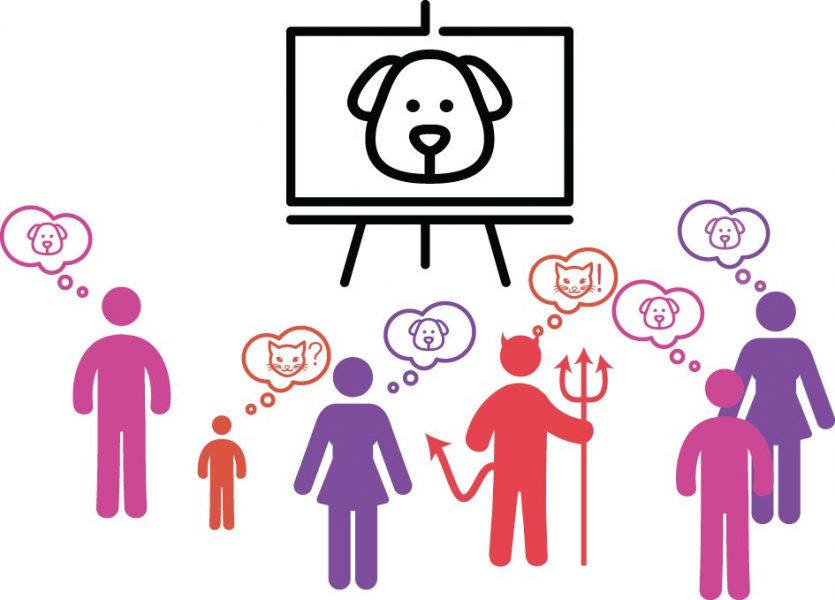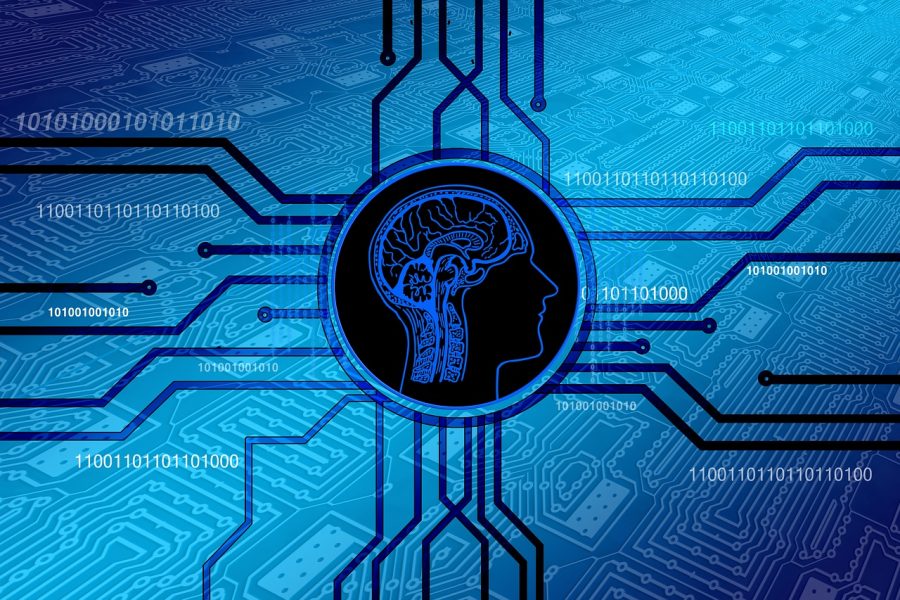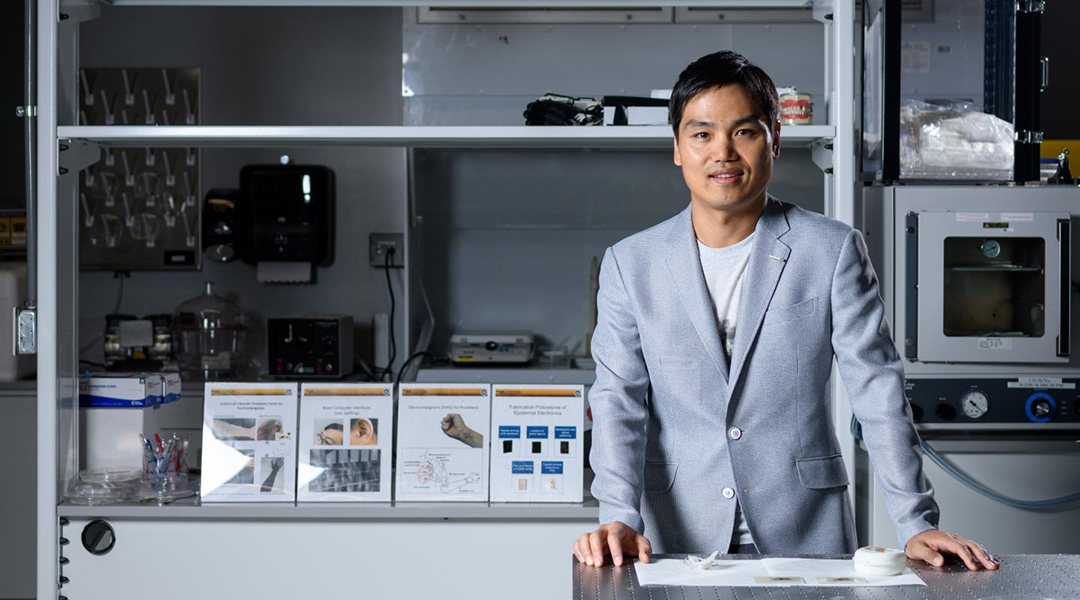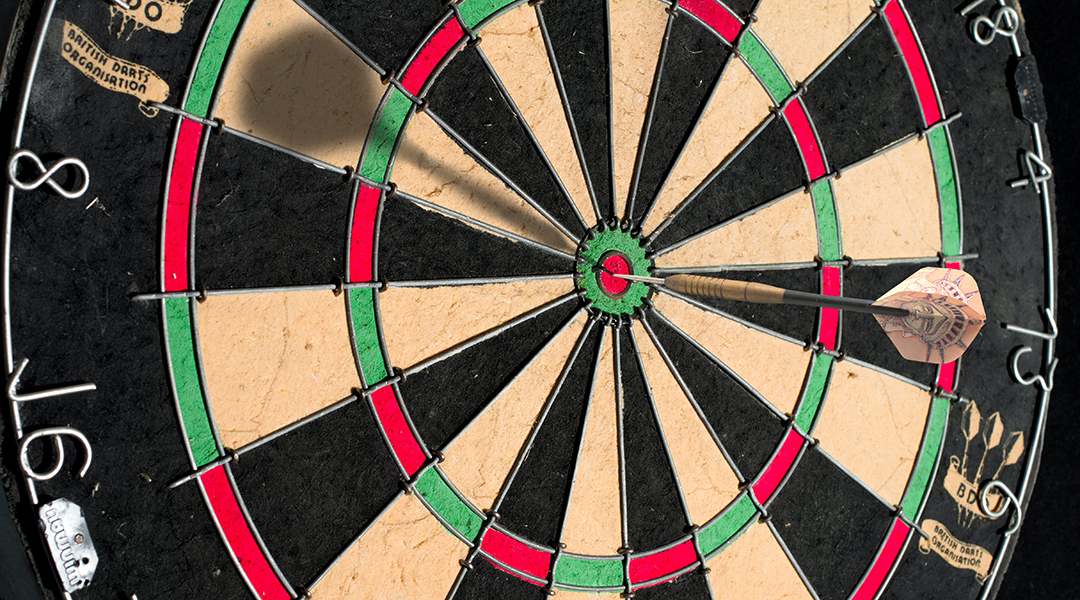Crowdsourcing opens the door to solving a wide variety of problems that previously were unfeasible in the field of machine learning, allowing us to obtain relatively low cost labeled data in a small amount of time.


Crowdsourcing opens the door to solving a wide variety of problems that previously were unfeasible in the field of machine learning, allowing us to obtain relatively low cost labeled data in a small amount of time.

Machine Learning (ML) is a well‐known paradigm that refers to the ability of systems to learn a specific task from the data and aims to develop computer algorithms that improve with experience.

Manipulating light on the nanoscale allows scientists to create specific structural colors that do away with the need for potentially harmful dyes.

Accurately measuring brain signals is critical to determining what actions a user wants to perform.

There is more to materials discovery than just discovery! Will robots outperform humans in reproducibility too?

Convolutional neural networks provide stronger predictive performances for pharmacological assays compared to traditional machine learning models.

Imagine how these two planes – the world of machines and the world of human systems – will work synergistically to realize the potential of new materials and the systems into which they will be integrated.

Machine learning significantly reduces the time and cost involved in drug screening.

An artificial neural network based entirely on memristors is developed.

Hundreds of RNA‐binding proteins and their associated RNAs have been revealed, which enables the large‐scale prediction of RNA–protein interactions using machine learning methods.